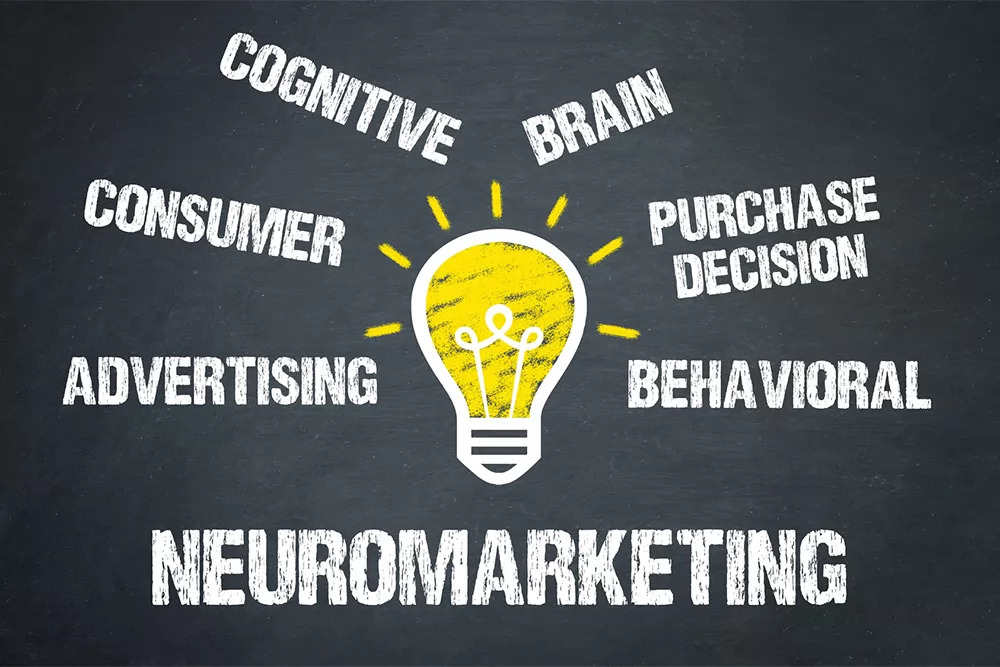By Ibidunni Banjoko
The Neuromarketing Technology Market, which was valued at USD 1.71 billion in 2023, is set to experience a significant surge, growing at a compound annual growth rate (CAGR) of 8.9% to nearly USD 3.1 billion by 2030. This burgeoning field merges neuroscience, economics, and psychology to delve deeply into consumer behaviour, offering a wealth of insights that can transform traditional marketing strategies.
Neuromarketing employs advanced techniques such as brain imaging (fMRI), EEG, and eye tracking to measure brain activity and biological signals, uncovering the subconscious motivations and emotions behind consumer decisions. This sophisticated approach provides marketers with a profound understanding of consumer behaviour, far beyond what conventional research methods can achieve.
The primary applications of neuromarketing span various facets of marketing and consumer research; Neuromarketing is pivotal in testing design concepts and refining product, packaging, and brand design. It enhances the impact of advertising by measuring brand associations and optimizing ad elements to evoke specific emotional responses. Techniques are applied to improve user experiences in both e-commerce and physical shopping environments.
By delving into the subconscious mind, neuromarketing allows businesses to craft marketing campaigns and brand experiences that resonate deeply with their target audiences. This results in more engaging and emotionally connected consumer experiences, fostering greater brand loyalty.
Predictive models powered by big data and artificial intelligence further bolster neuromarketing’s capabilities, enabling businesses to anticipate market reactions and optimize their strategies with unprecedented accuracy.
Despite its advantages, neuromarketing faces scrutiny and ethical concerns. Critics argue that the technology could be used to exploit consumer vulnerabilities by manipulating their subconscious responses. Furthermore, some detractors label neuromarketing as pseudoscience, questioning its scientific credibility and the validity of its insights.
The market is segmented by type, with functional magnetic resonance imaging (fMRI) leading in market share as of 2023. Electroencephalography (EEG) also stands out, renowned for capturing immediate motivational responses and predicting consumer behaviour more accurately than self-reported preferences.
As businesses increasingly seek to understand and influence consumer behaviour, the Neuromarketing Technology Market’s growth trajectory appears robust. The interdisciplinary approach of neuromarketing, combining deep consumer insights with advanced analytical tools, positions it as a pivotal force in shaping the future of marketing strategies.
The granularity of insights provided by neuromarketing empowers brands to enhance customer experiences, foster trust, and build lasting consumer relationships. As the market continues to evolve, companies leveraging these technologies are poised to stay ahead in an increasingly competitive landscape.






Comment
No comments found.